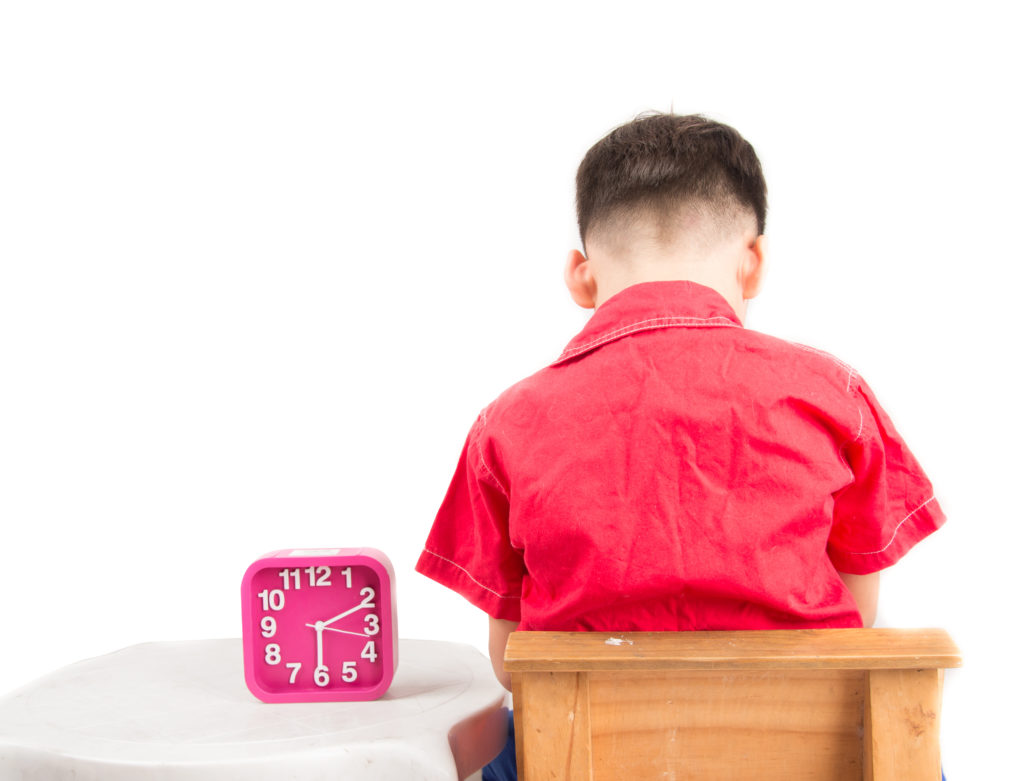

Written by: Child Psychological Development Association, Psychological
Counselor, Mr. Ching Wai Keung
“Happiness, anger and sadness" are emotions that everyone has, and children are no exception. During the epidemic, parents who work from home and spend a lot of time with their children will naturally have to face moments of tantrum of children. We need to understand that it is very important for children to be able to express their anger in order to develop their autonomy. When a child enters early childhood (around 2 to 3 years old), the developmental crises are “Autonomy vs Shame & Doubt. What we should deal with is the child’s behavior due to emotion, not prohibit or even deny the child’s emotion. To help your child control his emotions, you may refer to the following six tips.
Imitate parents’ expressions of anger
In addition, anger is a common emotion, not only for children, but also for parents. When children try to express their anger, they will use their parents as an object of imitation. When parents are angry with their children, or when parents argue with each other, children will use these behaviors as an important reference for expressing and controlling their emotions (Bandura, 1977). Arguments, malicious taunts, and even violence between parents can heighten a child’s sensitivity to anger and interfere with normal development (Cummings,Pellegrini, Notarius, & Cummings, 1989). Therefore, in order to reduce temper tantrums and control the emotions of children, parents must first pay attention
to their own ways of dealing with each other.

Use tips to solve problems. 6 tips to help toddler control their emotions
What other methods can help toddler control their emotions and reduce the intensity of anger? Berkowitz and Thompson have the following suggestions (Berkowitz, 1973; Thompson, 1990).
1. Ignore offensive behavior.
If the purpose of the child’s tantrum is to get a specific object (e.g., a toy), the parent should not give satisfaction to the child for the behavior, nor should the parent punish the child for the behavior, but should simply not respond.
2. Use of Emotional Corner.
Set up a quiet area in the home without any stimulation or attraction as a quiet area for the child. When the child loses his temper or acts inappropriately, arrange for the child to calm down in the emotional corner. This is not necessarily the same as reprimanding, but rather allows the child to soothe his or her emotions, just as if the child needs to go to the bathroom in an emergency, which is a normal need. If used appropriately, children may naturally go to the mood corner to relieve themselves when they are in the mood in the future, which helps them to control their emotions.
3. to awaken emotions that are incompatible with anger, such as compassion for the victim.
4. reduce exposure to situations or things that may trigger children’s tantrums: when children have not fully developed the ability to control themselves, reducing the chances of children’s tantrums is tantamount to reducing conflicts between parents and children.
5. explaining the consequences of the behavior.
6. examine the causes of the child’s tantrums.
(Development Through Life, Barbara M. Newman, Philip R. Newman, Wadsworth, 2003, pp. 197)

The above-mentioned programs are designed for different situations. If a child acts violently towards others out of anger, parents can focus on explaining the consequences and evoking empathy for the victim. If he is angry because he wants to get an object, parents can ignore his negative behavior, etc. Secondly, the above options can be used in combination, for example, when the child has calmed down, the parents can explain the consequences to him again. In the end, of course, it depends on the child’s ability to choose a solution. For example, you spend 10 minutes explaining the consequences to your child before he can talk, it seems to only increase the conflict between the two parties. Once parents have decided on a response strategy for each situation, consistency is the most important thing. Simply put, consistency can be broken down into two levels: First, the same solution will be used for the same behavior, so that the child is not confused by the ignoring strategy one time and the scolding the next. Secondly, each caregiver will use the same solution, thus reinforcing the message to the child that “this behavior is inappropriate”.